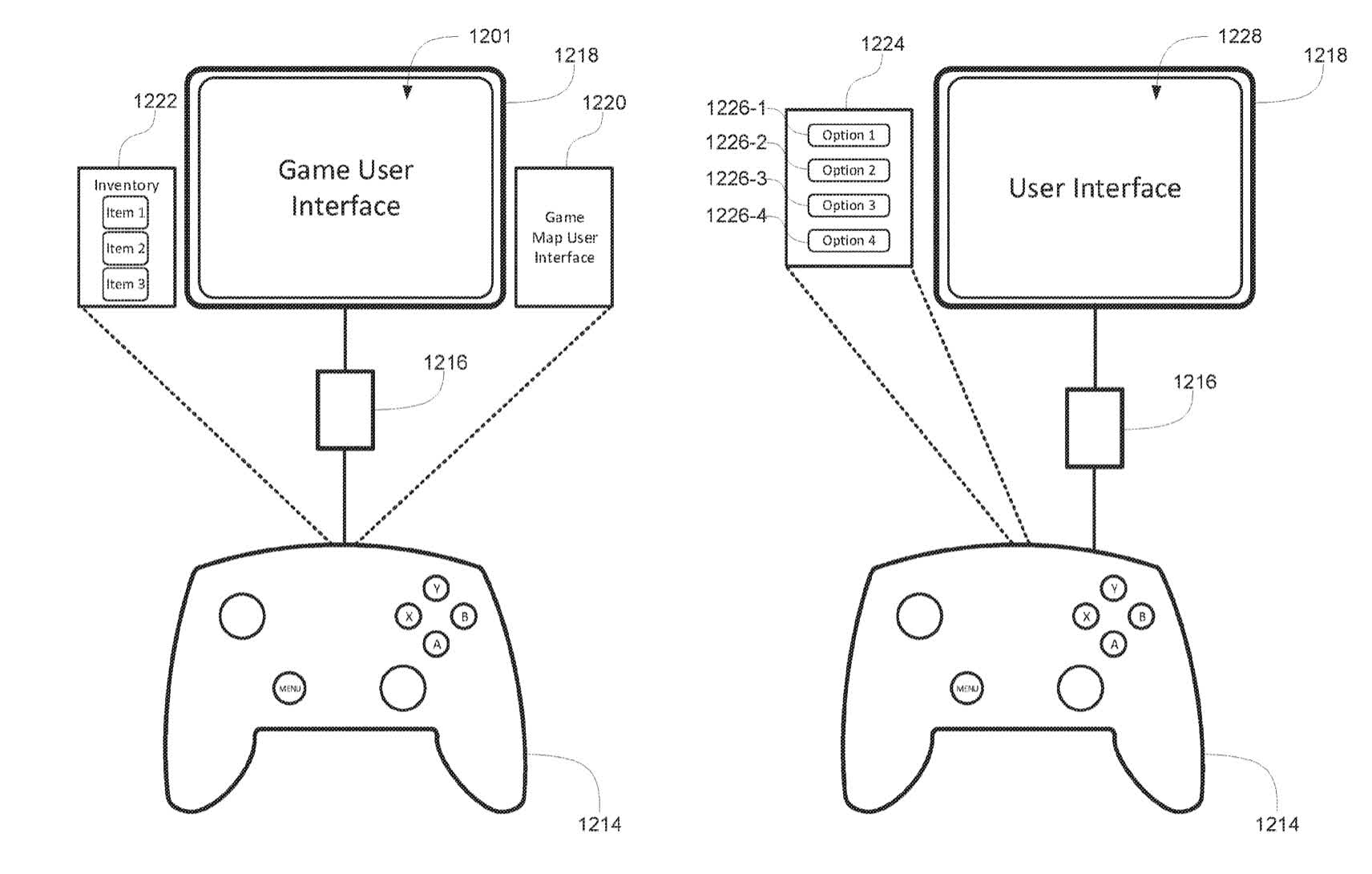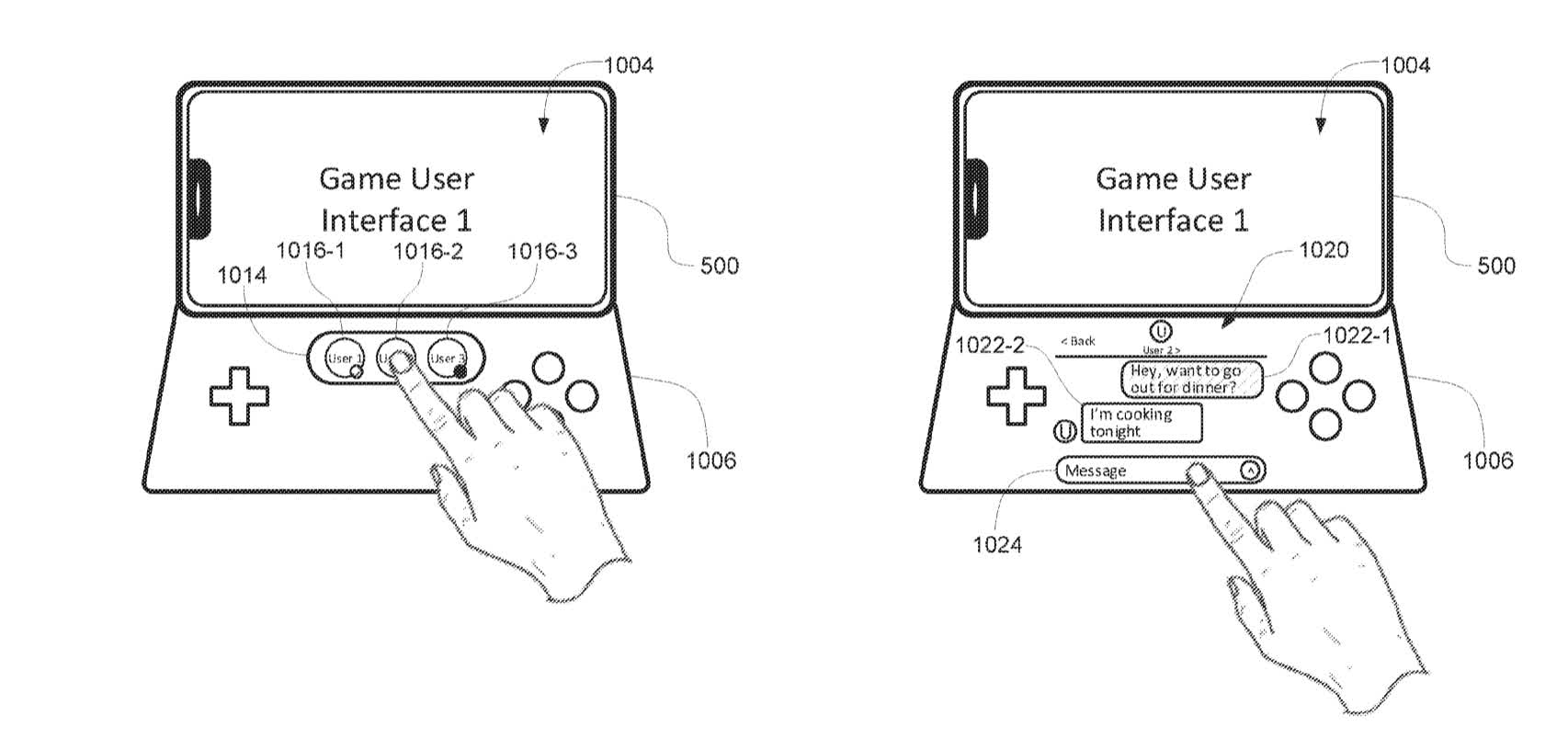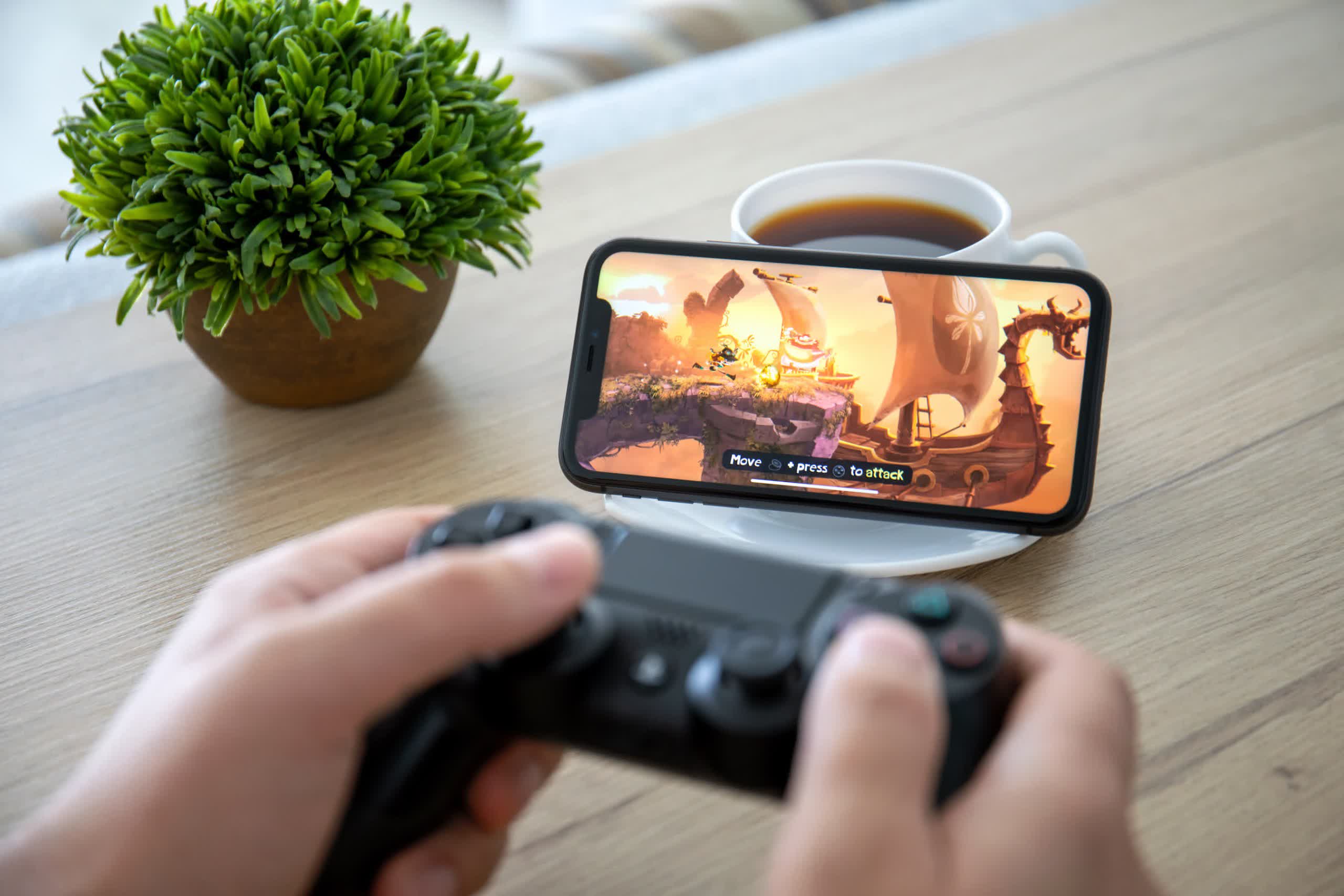In context: For the most part, Apple has not invested a lot into the gaming sector. Other than its launch of the Apple Arcade in 2019, the tech titan has mostly left gaming applications and hardware to third-party developers. As its machines become more game-capable, it may be looking to put a little more effort into providing a better gaming experience to those on its platforms, including better input methods.
According to recently filed European patents, Apple has ideas for at least three new game controllers specifically designed for Apple products. The first style is similar to a standalone gamepad, as you would find for a console machine. The second could be likened to Nintendo's JoyCons for the Switch. The third has a more foldable Game Boy Advanced design.
Style #1, as Apple labels it in the patent, is relatively unremarkable in design. It resembles a contemporary Bluetooth gamepad and likely operates the same way. Apple has made all of its devices compatible with PlayStation, Xbox, and third-party Bluetooth controllers within the last few years. This one would simply be a first-party alternative to what many people are already using. It would also be compatible with less-portable devices like the Apple TV and the various Macs.

Style #2 would be two detachable controllers like those found on the Nintendo Switch. The primary difference is that they would magnetically connect to the sides of an iPhone or iPad in landscape or portrait mode. The latest iPad Pros already have a magnetic connecter on the right-hand side for holding and syncing its second-generation Apple Pencil. Presumably, newer devices, including iPhones, would have similar connectors, albeit with stronger magnets on all four sides to accommodate the controllers.

Style #3 would be a case- or folio-like controller that would fold down to cover the screen when not in use, like Apple's new Magic Keyboard. Although in this instance, users would have a gamepad rather than a keyboard. However, this one is specifically designed for the iPhone. The concepts describe the folio as either a secondary screen with software-configurable buttons or a partial screen with hardware controls. The secondary screen could serve to provide extra information or customizable button placement.

Although Apple products have historically been non-gaming platforms, the introduction of the Intel-based Macs began changing that notion. The iPhone came along, and many developers started creating simple games that could run on the device. As the iPhone and iPad became more powerful, the available titles became more complex and demanding, sparking the need for an external input mechanism for some. As Apple continues improving its in-house silicon, it may be taking the gaming potential more seriously.
From a business standpoint, it makes sense. The video game industry generated $155 billion in 2020, including hardware sales, and analysts expect it to grow to $260 billion by 2025. There is no reason that Cupertino wouldn't invest more into this sector, and apparently, it is.
Image credit: DenPhotos
